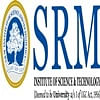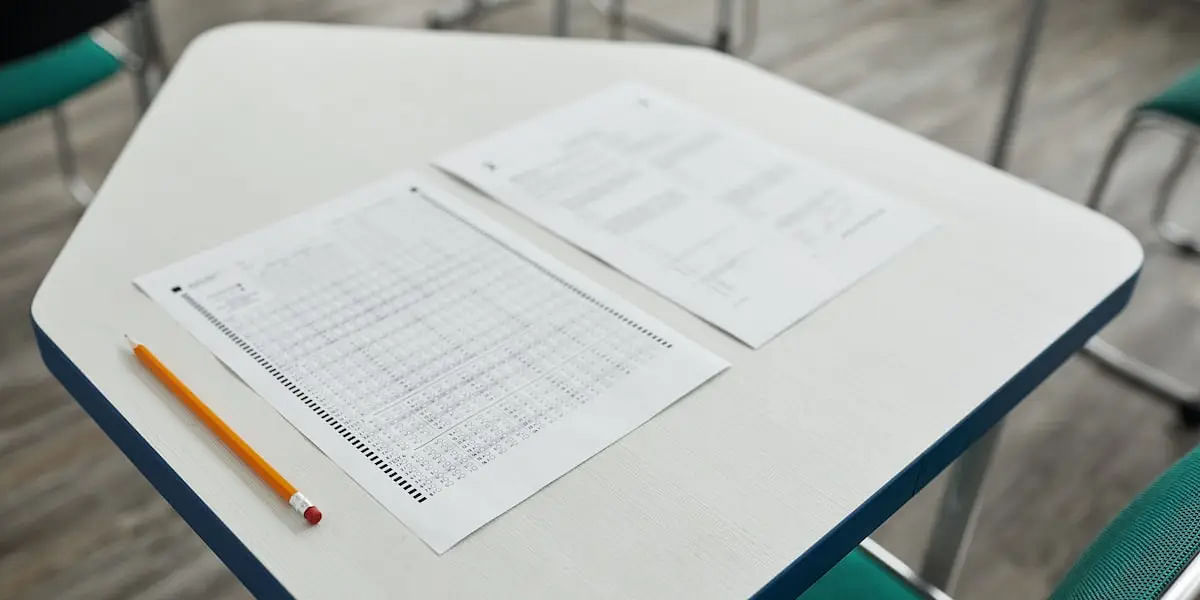CBSE class 10 science viva questions with answers 2024-25 include objective type/MCQ questions. The questions are asked from the CBSE syllabus for one mark each. This article covers over 50 important class 10 science viva questions in a free downloadable PDF format.
CBSE Class 10 Science Viva Questions with Answers: Some of the major chapters to practice class 10 science viva questions from are atoms, energy and power, plant ecosystem, etc. All the topics covered in the CBSE class 10 science viva are from the official updated syllabus, making it important to thoroughly check the updated CBSE class 10 science syllabus 2024-25.
This article covers all the important 10th science viva questions from physics, chemistry, and biology. Additionally, it also has the updated marking scheme and best reference books for better preparation.
CBSE Class 10 Science Viva Questions with Answers 2024-25 for Physics
CBSE class 10 Science viva questions with answers 2024-25 for physics assess students' clarity on concepts and their laboratory skills during the examination. Students must answer the questions clearly and confidently without getting nervous in the CBSE class 10 viva examination.
Students must familiarise themselves with practical questions, experiments, and steps to experiment with better responses. Students can find the CBSE class 10 physics viva questions with answers 2024-25 listed below.
Q.1. What is a significant difference between a scalar and a vector quantity?
A: A significant difference between scalar quantity and vector quantity is that a scalar quantity has only magnitude, while a vector quantity has both magnitude & direction.
Q.2. Tell the SI unit of force.
A: The SI unit of force is the newton, also represented as "N".
Q.3. Describe Newton's second law of motion.
A: According to Newton's second law of motion, an object's acceleration is proportional to its mass and inversely proportional to its net force.
Q.4 What is the distinction between mass and weight?
A: Mass measures the quantity of matter in an object, while weight is the force of gravity working on an object.
Q.5. Describe in brief the principle of moments.
A: The principle of moments says that the sum of the moments of all the forces acting on a body is equal to zero.
Q.6 What is the difference between work and power?
A: Work is the transfer of energy from one object to another, while power is the rate at which work is done.
Q.7. What is the law of conservation of energy?
A: The law of conservation of energy states that energy cannot be created or destroyed but can be transformed from one form to another.
Q.8. Which four precautions must be taken while experimenting to verify Ohm's law?
A: (i) All connections should be kept tight for correct results.
(ii) The zero error in the ammeter & voltmeter should be noted & considered while taking readings for the measurement.
(iii) The bare ends of the connecting wires should be rubbed & appropriately cleaned with sandpaper.
(iv) The value of the current through the circuit should be kept as low as possible to avoid heating the resistor.
Q.9. What is the difference between a conductor and an insulator?
A: A conductor is a substance that allows electricity to pass through it, while an insulator is a substance that does not allow electricity to pass through it.
Q.10. What is the principle behind your experiment verifying Ohm's law?
A: The voltage across a conductor is directly proportional to the current, provided that all physical conditions and temperatures remain the same.
Q.11. What is the significance of the slope of the graph in the experiment to plot a graph of the dependence of potential difference across a resistor on current?
A: The slope of the straight line gives the resistance of the resistor.
Q.12. How do you connect the experiment's resistors in series and parallel to find the equivalent resistance?
A: In a series arrangement, resistors are connected end-to-end, while in a parallel circuit, the terminals of resistors are connected to the same two nodes.
Q.13. What is the difference between a series circuit and a parallel circuit?
A: In a series circuit, the components are connected in a line, one after the other, while in a parallel circuit, the components are connected in branches.
Q.14. What is the difference between a convex lens and a concave lens?
A: A convex lens bends light rays towards each other, while a concave lens bends light rays away.
Q.15. What are the sources of error in the experiment you performed to determine the focal length of a convex mirror?
A: Two significant sources of error are:
(i)The uprights are not ideally vertical.
(ii)The mirror pole, the tip of the object needle, and the optical center are not in a line.
Q.16. What is the difference between an actual image and a virtual image?
A: When light rays from an object converge at a point, an actual image is formed, while a virtual image is formed when light rays diverge but do not converge.
Q.17. What is the difference between refraction and reflection of light?
When light strikes a smooth surface, it bounces back. Refraction is bending light rays when they transit from one medium to another.
Also Read: CBSE Class 10 Science Syllabus 2024-25
CBSE Class 10 Science Viva Questions with Answers 2024-25 for Chemistry
CBSE Class 10 science viva questions with answers 2024-25 for chemistry will allow students to be more prepared for their viva examinations. The chemistry viva tests for class 10th helps teachers assess students' knowledge of the chemistry concepts they have studies throughout the year.
Listed below are the top 20 CBSE class 10 chemistry viva questions with answers 2024-25.
Q.1. What is a chemical reaction?
A: A chemical reaction is a process in which one or more substances are changed into new substances with different properties.
Q.2. What is a chemical equation?
A: A chemical equation is a symbolic representation of a chemical reaction using chemical symbols and formulas.
Q.3. What is the product of mixing barium chloride and sodium sulphate solutions?
A: A white precipitate of barium sulphate is formed.
Q.4. How do you balance a chemical equation?
A: You balance a chemical equation by adjusting the coefficients in front of the chemical formulas so that the number of atoms of each element is the same on both sides.
Q.5. Why does the blue colour of copper sulphate solution turn green when immersed in an iron nail?
A: Iron displaces copper from copper sulphate solution to form iron sulphate, which is light green.
Q.6. What is an acid and a base?
A: An acid is a substance that releases hydrogen ions (H+) in water, while a base is a substance that releases hydroxide ions (OH-) in water.
Q.7. How can you identify an acid and a base using pH values?
A: The pH scale ranges from 0 to 14. Anything below 7.0 is acidic, and anything above 7.0 is essential.
Q.8. What is salt?
A: A salt is a compound formed by the reaction of an acid and a base.
Q.9. What do you observe when adding a few drops of acetic acid to a test tube containing sodium hydrogen carbonate?
A: A brisk effervescence due to the evolution of CO2 gas.
Q.10. Which acid has a characteristic vinegar smell?
A: Acetic acid.
Q.11. What are the general properties of metals?
A: Metals are generally shiny, malleable, ductile, and good conductors of heat and electricity.
Q.12. What are the general properties of nonmetals?
A: Non-metals are generally dull, brittle, and poor conductors of heat and electricity.
Q.13. Why do metals conduct electricity?
A: Metals conduct electricity due to the flow of electrons.
Q.14. Why does calcium float over water?
A: Calcium starts floating because the bubbles of hydrogen gas formed during the reaction stick to the surface of the calcium metal, making it lighter because calcium floats on water.
Q.15. Name the metal
(a) Which can be cut with a knife.
(b) Which is liquid at room temperature.
(c) Which is the best conductor of electricity?
A: (a) Magnesium (b) Mercury (c) Silver
Q.16. Why do soaps not work in hard water?
A: Hard water contains calcium and magnesium ions, which displace sodium or potassium from soap salts and form insoluble calcium or magnesium salts of fatty acids. These insoluble salts separate as scum which hinders the formation of lather affecting the cleansing action of soaps.
Q.17. Which gas is evolved when ethanol reacts with sodium?
A: Hydrogen gas
Q.18. What are the properties of hydrocarbons?
A: Hydrocarbons are generally flammable and immiscible with water.
Q.19. What are the uses of carbon compounds?
A: Carbon compounds are used in various products, including fuels, plastics, pharmaceuticals, and food.
Q.20. How can you convert ethanol to ethene?
A: Ethene can be extracted by heating ethanol with concentrated sulphuric acid.
Also Read: Important Questions for CBSE Class 10 Science (Chapter Wise)
CBSE Class 10 Science Viva Questions with Answers 2024-25 for Biology
CBSE Class 10 Science Viva Questions with Answers 2024-25 for Biology consists of questions form topics like respiration, stomata, plant body parts etc. Evaluators assess students theory concepts, laboratory skills, and clarity CBSE Class 10 Science Viva Questions.
Listed below are the top 20 CBSE class 10 biology viva questions with answers 2024-25.
Q.1. What is Stomata?
A: Stomata are minute pores in the epidermis of leaves or stems, which allow gases to enter and exit intercellular spaces through a slit.
Q.2 What is photosynthesis?
Photosynthesis is when green plants and other organisms use sunlight to synthesise nutrients from carbon dioxide and water. Plant photosynthesis generally involves the green pigment chlorophyll and generates oxygen as a by-product.
Q.3 What is respiration?
The process of respiration in living organisms involves energy production, usually involving the intake of oxygen and the release of carbon dioxide from chemical reactions.
Q.4. State how asexual reproduction is different from sexual reproduction.
A: Asexual reproduction generates genetically identical offspring to a single parent. In sexual reproduction, two parents exchange genetic information to produce unique offspring.
Q.5. What is Evolution?
A: Evolution is a process of different living organisms that are believed to have developed from earlier forms during the earth's history.
Also Read: CBSE Class 10 Science Deleted Syllabus 2024-25: Download PDF
Best Books for CBSE Class 10 Science Viva Questions with Answers 2024-25
There are a range of books for CBSE Class 10 Science Viva that students can prepare for their upcoming exams. Students can go through some of the best books to prepare for CBSE Class 10 Science Viva Questions with Answers 2024-25.
| Book Name | Author | Publisher |
| Science for Tenth Class Part 1 Physics | Lakhmir Singh and Manjit Kaur | S. Chand Publishing |
| Science for Tenth Class Part 2 Chemistry | Lakhmir Singh and Manjit Kaur | S. Chand Publishing |
| Science for Tenth Class Part 3 Biology | Lakhmir Singh and Manjit Kaur | S. Chand Publishing |
| Pradeep’s Science Part - I Physics for Class 10th | Dr. K.L. Gomber and Srindra Lal | Pradeep Publications India |
| Pradeep’s Science Part - II Chemistry for Class 10th | Dr. S.C. Kheterpal and Dr. S.N. Dhawan | Pradeep Publications India |
| Pradeep’s Science Part - III Biology for Class 10th | Dr. G Chopra and Dr. H. N. Srivastava | Pradeep Publications India |
| All in One Science CBSE Class 10 | Sonal Singh | Arihant Publication India Limited |
| Foundation Science Physics for Class 10 | H.C. Verma | Bharti Bhawan |
| NCERT Science | NCERT | NCERT |
Also Read: CBSE Subject Codes for Class 10: Check Subject-Wise Code List
CBSE Class 10 Science Viva Marking Scheme 2024-25
CBSE class 10 science viva questions 2024-25 evaluation is based on students' responses during the question and answer session with the examiner. The students need to answer the questions asked carefully and confidently. Students must read and prepare from the official syllabus to higher in both the viva and final examination.




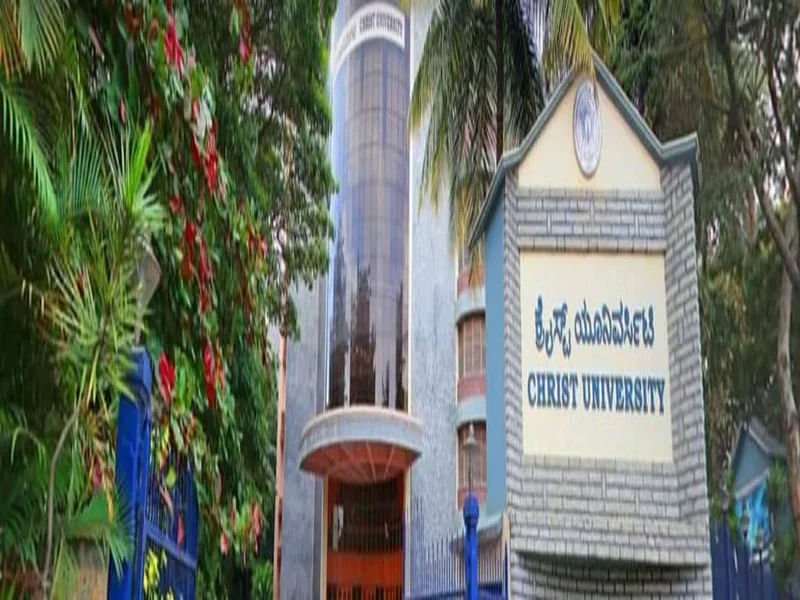
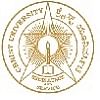
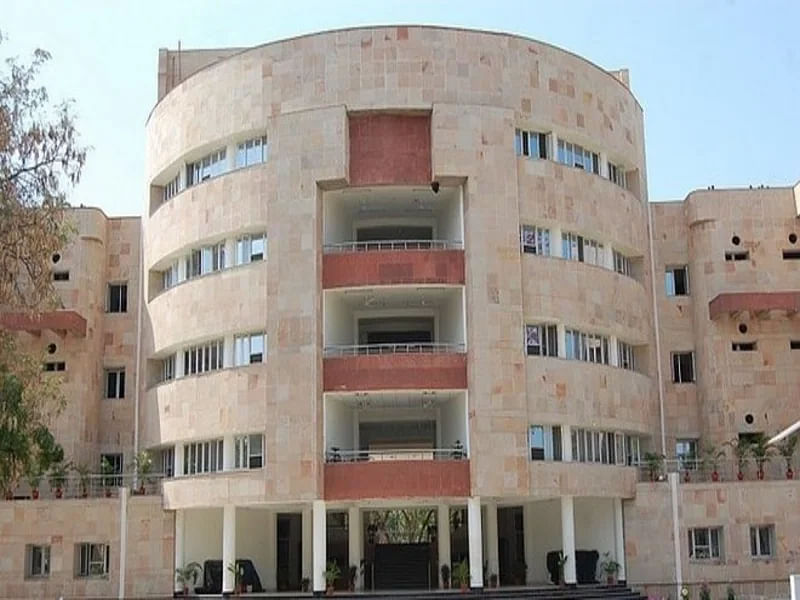
![Motilal Nehru National Institute of Technology, [MNNIT] Allahabad](https://media.getmyuni.com/azure/college-image/small/motilal-nehru-national-institute-of-technology-mnnit-allahabad.webp)



